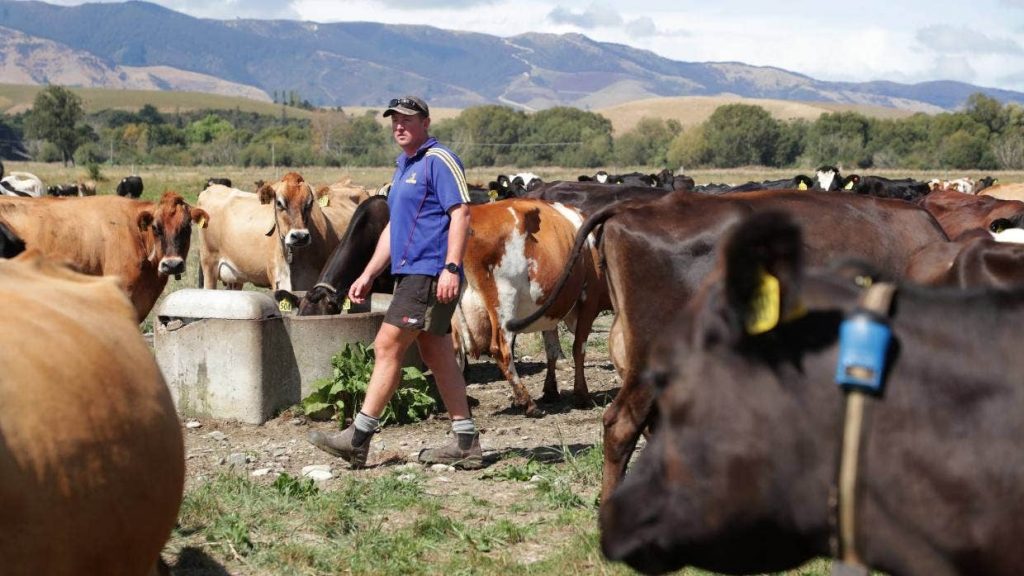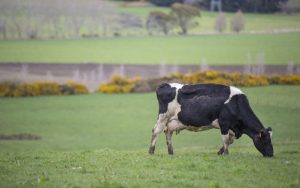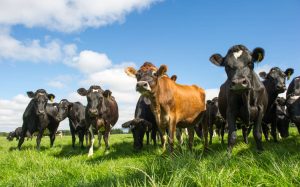
And now new research shows that it might be the best decision, for both farmer and cows.
Research by Massey University shows more than half of New Zealand dairy farmers milk their cows twice a day throughout the entire milking period, with only 10% milking once a day. The rest do a mixture of the two, depending on time of year.
But cows milked twice a day had to walk from paddocks and the milk shed twice, often had to eat more to keep producing more milk, and extra labour was needed to manage milking.
These cows produced more milk, but more milk wasn’t always the best choice for cows and farmers, the researchers found.
McCall said he switched to once-a-day milking for a number of reasons.
His Kelso, Otago, farm is long and narrow, and cows had to do a long walk to and from the milk shed twice a day. This caused lameness, he said.
This stopped cows from grazing the way they should and affected their overall health and productivity.
After switching to once-a-day milking the lameness issue practically disappeared, McCall said.
Almost 70% of McCall’s farm was in an area that often flooded, and milking only once a day made life simpler when that happened.
“I can milk the cows, and then worry about what’s happening with the water after that.
“We have more flexibility around flooding, which doesn’t happen all the time, but it’s always in the back of our minds,” he said.
To keep a twice-a-day system running, McCall would need to employ more people.
Making the switch helped him keep farming with lowerlabour costs and meant the business was sustainable, he said.
McCall, his wife Georgie, and one full-time employee ran the entire 600 cow herd.
The flexibility that once-a-day milking gave him allowed him to milk later in the day.
In turn, when he needed the help of a relief milker, he relied on a woman who, because of the system’s flexibility, could drop her kids off at school before helping out on the farm.
Using less labour wasn’t just a business decision to save money, but finding labour was a challenge.
“When you are at a barbecue with your neighbours you realise it’s never cows and grass that’s stressing them, it’s people. Finding skilled people is hard,” McCall said.
McCall said his cows were in better condition now that he milked once a day.
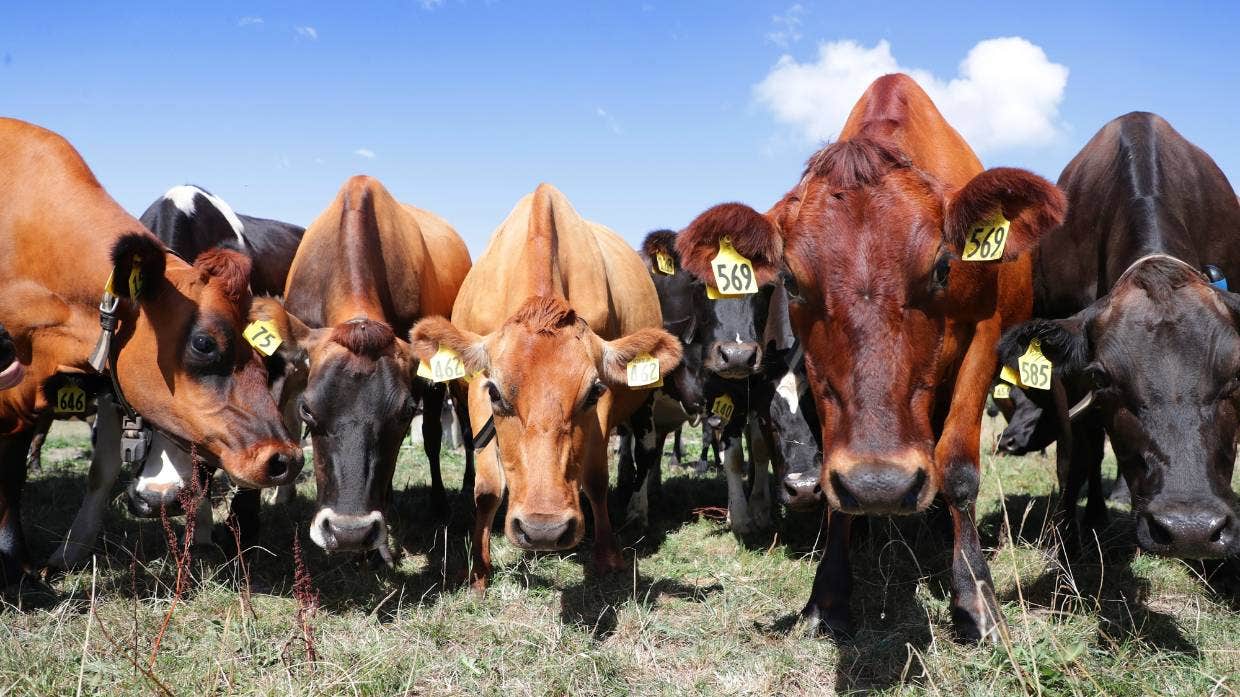
McCall and his wife Georgie run their farm with the help of one employee.
Cows are given a body condition score that basically shows how fat they are.
A cow with a good body condition could keep producing milk and was healthy enough to fall pregnant. A cow that was too skinny or fat might stop producing milk and often did not fall pregnant.
When he milked twice a day there was a lot of fluctuation of cows’ body condition, because they used a lot of energy. But he said the cows’ body condition was now stable and made winters on the farm easier, and they didn’t need to be bolstered with too much additional feed to keep them in peak health.
Cows milked once a day do produce less milk, which means less money.
When McCall milked twice a day his cows produced about 450kg of milk solids per cow per season. When he first changed methods that dropped to about 370kg.
But by learning how to manage the herd and selecting the right cows, they now produced about 400kg of milk solids per cow per season.
While a farm lost money from milking once, it also saved by needing to pay less labour, using less fuel, and needing to plant or buy in less feed.
“You’ve got a lot less cost involved in the entire system,” he said.
McCall admits that the initial drop in production was massive, and the entire farm had to adapt.
A drop in production and recovery was farm specific, he said.
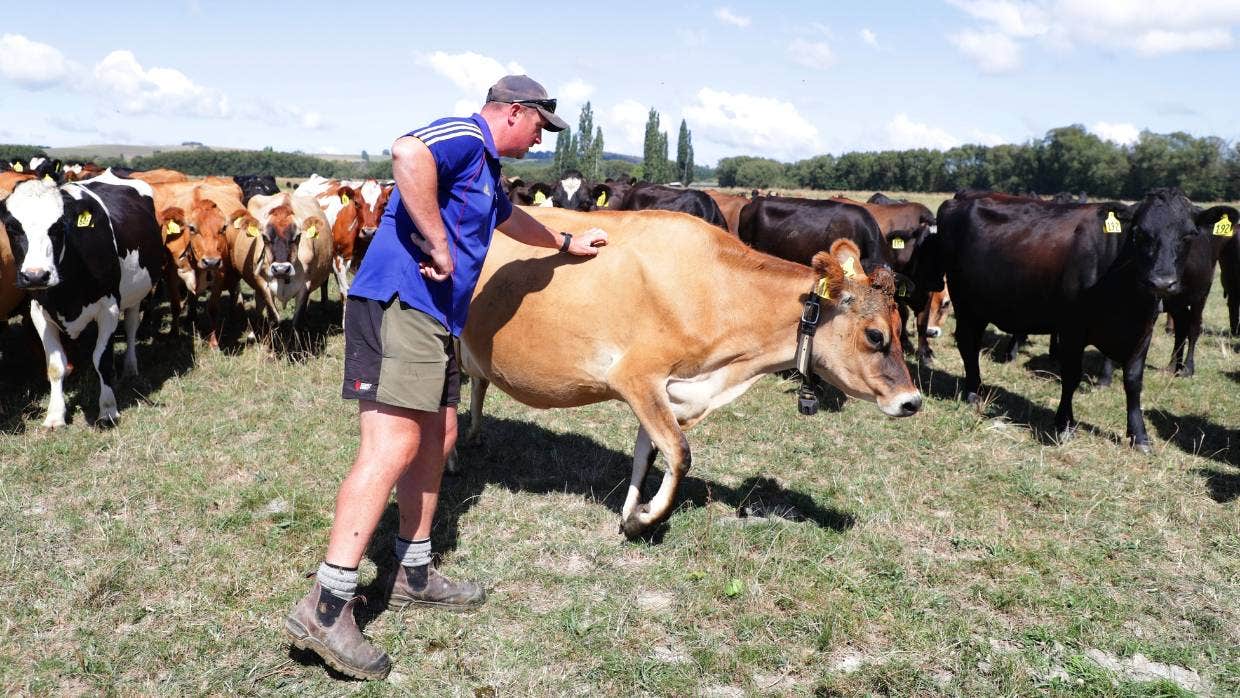
McCall says, by choosing cows that can eat a lot and produce a lot of milk the system works
Given the right feed, most cows will fit into a twice-a-day system, but not all cows could fit into a once-a day system, and it took a few seasons for McCall’s herd to adapt.
In the first season 17% of the herd did not adapt and had to be culled, the next season 15%.
Using only the cows that fit in, McCall said they now only “throw out two or three heifers each year for low production”.
He now bred only the best cows and all cows that came into the system were genetically fit for it.
The ideal cows for once-a-day milking had a strong udder to hold milk all day, and needed to produce milk with high fat and protein, he said.
The Massey research showed cows that were milked once a day were more fertile than cows milked twice a day, because they did not spend as much energy producing high volumes of milk and still had enough energy left to become pregnant.
